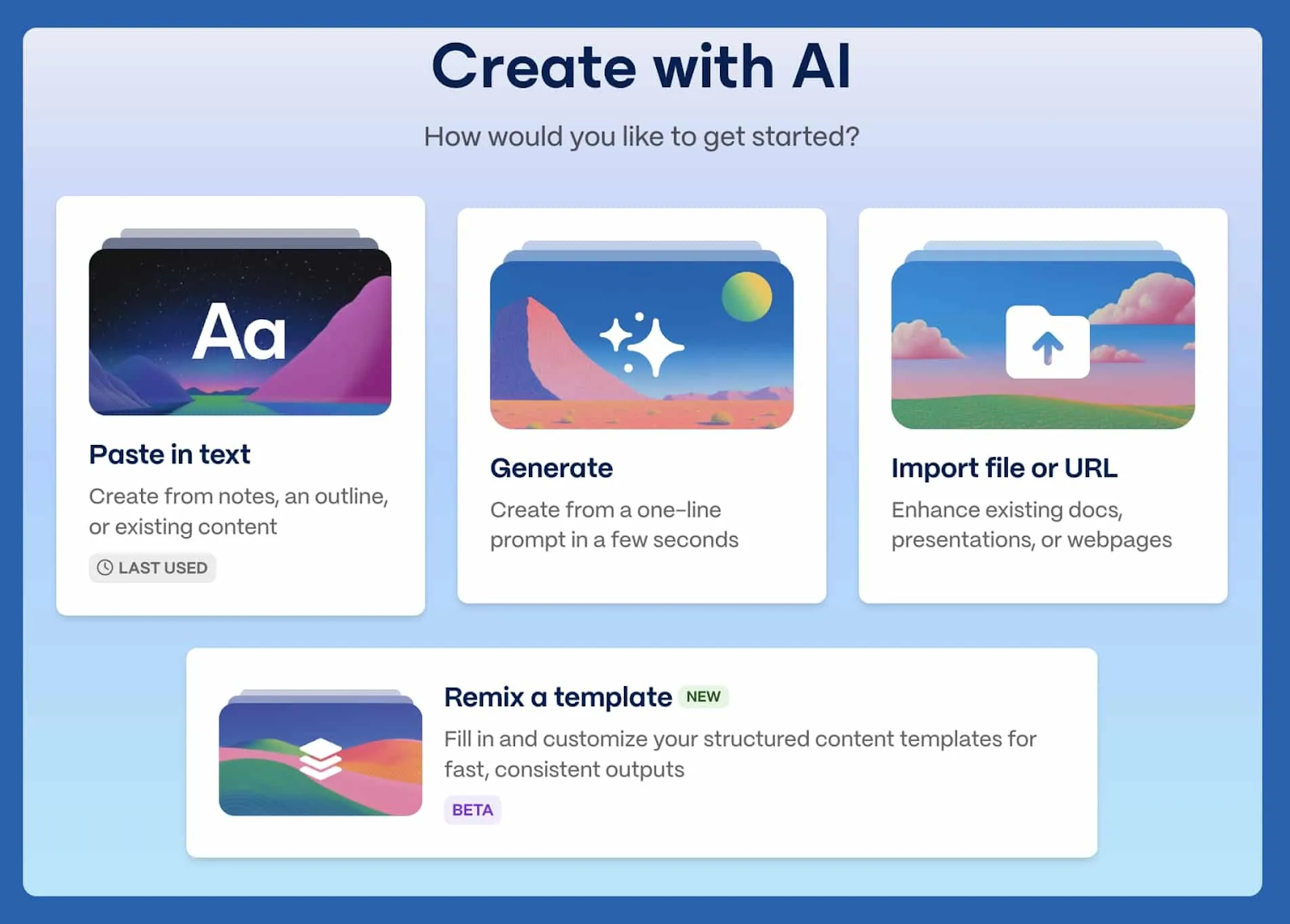From Keywords to Context
📊 Learn how to use semantic keywords on Pinterest and transform AI research into ready-to-share slides.

Hey there 🧠
Ready for another day of staying ahead of the competition in the Growth race?
Oh and before we go ahead! If your friend sent this to you, be sure to subscribe here! So you don’t miss out on any editions.
Partnership with Semrush
The Data’s Clear. Here’s How E-commerce Actually Changed.

The Semrush × Statista 2025 Ecommerce Report analyzed billions of visits and sales signals across 190 markets, and the data points to a full reset in how people buy, click, and convert.
Here’s what’s reshaping marketing playbooks right now:
• Video-led landing pages convert 42% higher than static ones; attention now drives trust.
• 46% of shoppers buy from the first brand they click, making recall a revenue lever.
• AI-generated shopping queries are growing 8× faster than organic.
These shifts are reshaping the fundamentals: tariffs redirecting traffic, U.S. retailers gaining share, and paid search reclaiming top performance.
Download the full playbook to see what these shifts mean for your marketing strategy.
💡 How to Use Latent Semantic Keywords on Pinterest
Keyword stuffing on Pinterest is outdated. The platform’s AI now understands context, not just exact matches. According to Paul Yokota, Pinterest’s algorithm has evolved to recognize meaning across words, images, and user behavior. That means your goal is to build semantic relevance instead of chasing isolated keywords.
1️⃣ Why Semantics Matter More Than Keywords: Pinterest organizes content into topic clusters that represent related phrases around a central theme. Using semantically connected terms, such as “pantry design” and “kitchen storage ideas,” keeps your content visible even as search trends shift. It also builds long-term authority because Pinterest sees your content as part of a larger, meaningful pattern.
2️⃣ Build in the Right Neighborhood: Start by focusing on the job your audience wants to accomplish, like “small pantry storage.” Use Pinterest Trends or search bubbles to explore related phrases and identify less competitive but relevant alternatives. If “farmhouse pantry” is overcrowded, try “cottage pantry storage” to target an adjacent niche while staying thematically aligned.
3️⃣ Keep Your Signals Consistent: Your image, title, description, and board name should all tell the same story. Avoid mismatched visuals and captions that confuse the algorithm. A “minimalist pantry” Pin should use simple, clean imagery, not a maximalist kitchen photo. Organize your boards under clear categories so they look cohesive and intentional.
4️⃣ Track Clusters, Not Individual Pins: Monitor your topic clusters as a group. Compare impressions, saves, and click-through rates. A decline in performance might signal overused wording or stale visuals. Refresh your Pins with new phrasing or updated images to maintain relevance.
5️⃣ Automate Strategically: Avoid duplicating identical Pins with slightly different keywords. Choose one phrasing that fits best and maintain consistency. Automation should enhance clarity, not create noise.
The Takeaway
Pinterest's success today is not about chasing keywords but about building ecosystems of meaning. When you focus on context, coherence, and consistent themes, the platform’s AI learns to trust your content and reward you with sustained visibility.
💡 How to Turn AI Research into Slides in Minutes
Creating a presentation from scratch no longer has to take hours. With AI tools like ChatGPT, Perplexity, Gemini, and Gamma, you can transform detailed research into professional slides in just a few steps.

1️⃣ Start with Deep Research: Begin by running a detailed research query in ChatGPT, Perplexity, or Gemini. Gather insights, examples, and data points that form the foundation of your presentation.
2️⃣ Convert the Research into JSON: Copy the full research output and paste it back into ChatGPT with this prompt: “Rewrite as a JSON file, preserving all style and structure elements.” This organizes your research into a clean, machine-readable format, ready for AI slide generation.
3️⃣ Restructure for Presentation Format: Paste the JSON back into ChatGPT and use the prompt: “Restructure this JSON for presentation slides.” The AI will condense long-form research into concise slide-ready points, breaking content into clear sections with balanced flow.
4️⃣ Build Slides Automatically: Copy the final JSON and import it into a presentation platform like Gamma, Canva, or PowerPoint AI. Then prompt: “Use this JSON to generate professional slides.” Choose a layout or theme that fits your brand identity.
5️⃣ Refine and Personalise: Review the slides for clarity and logical flow. Replace any stock visuals with AI-generated or branded images, adjust fonts and spacing for consistency, and align colours with your brand palette.
The Takeaway
AI now bridges the gap between research and presentation. By combining text-to-structure workflows with AI-powered design tools, you can create professional, branded slides in minutes instead of hours. The result is a polished presentation that reflects expertise, efficiency, and creativity.
As we prepare more "Growthful" content, we'd love to hear your thoughts on today's edition! Feel free to share this with someone who would appreciate it. 🥰